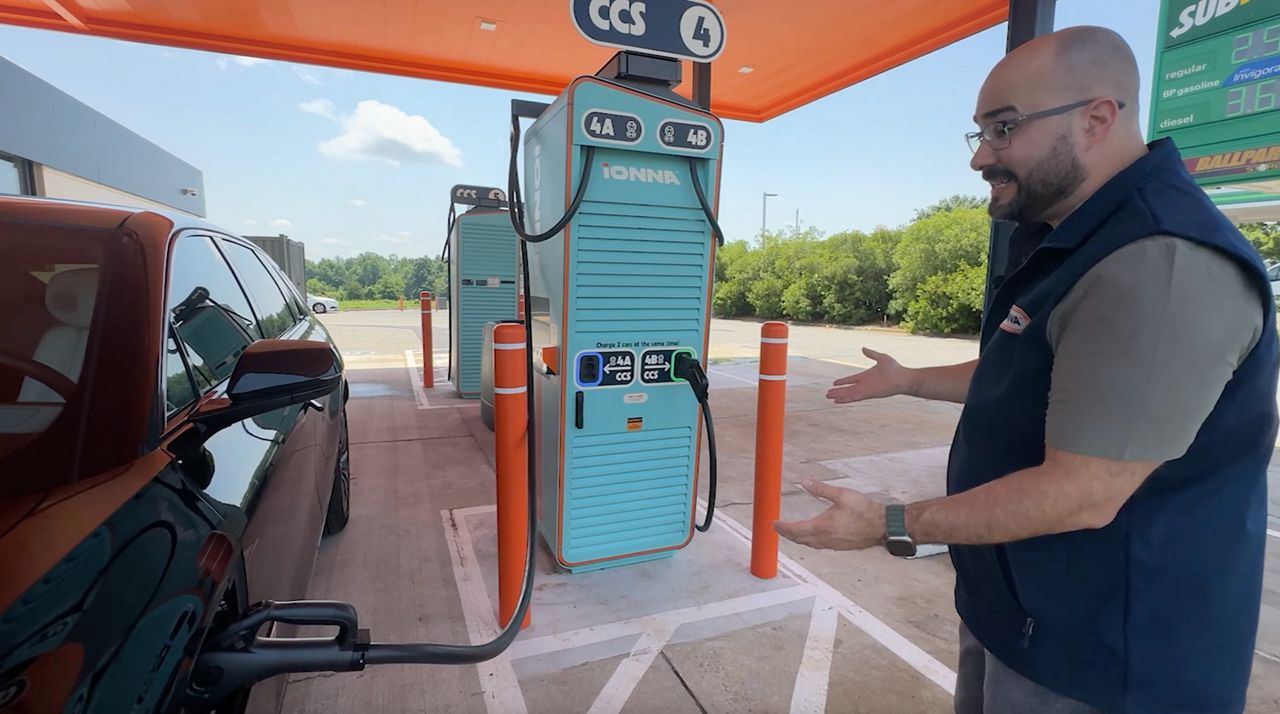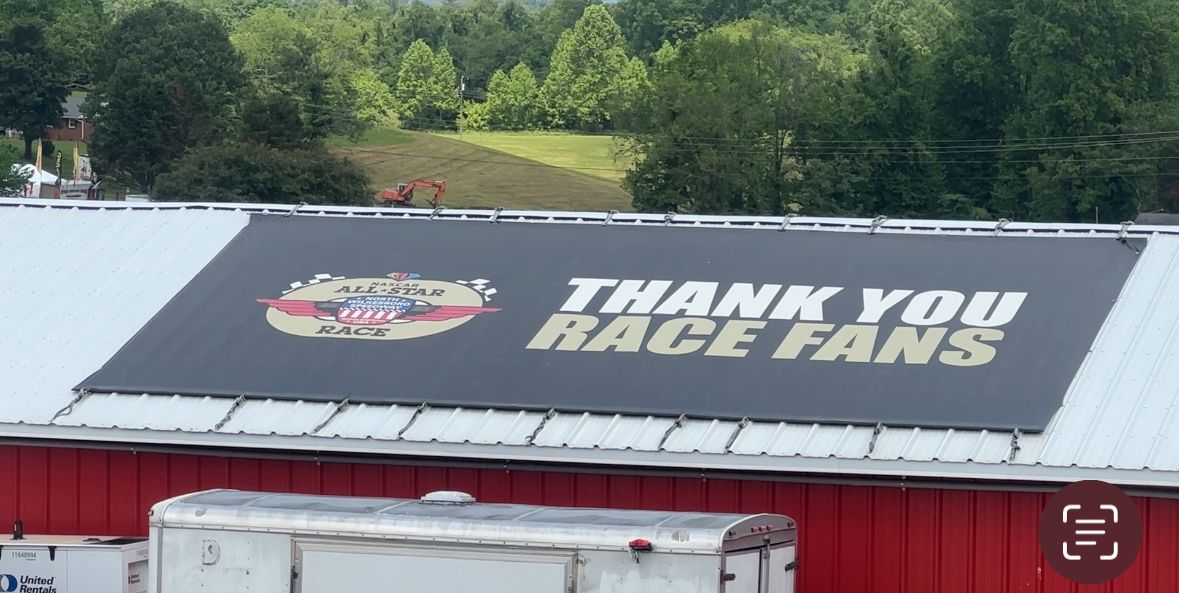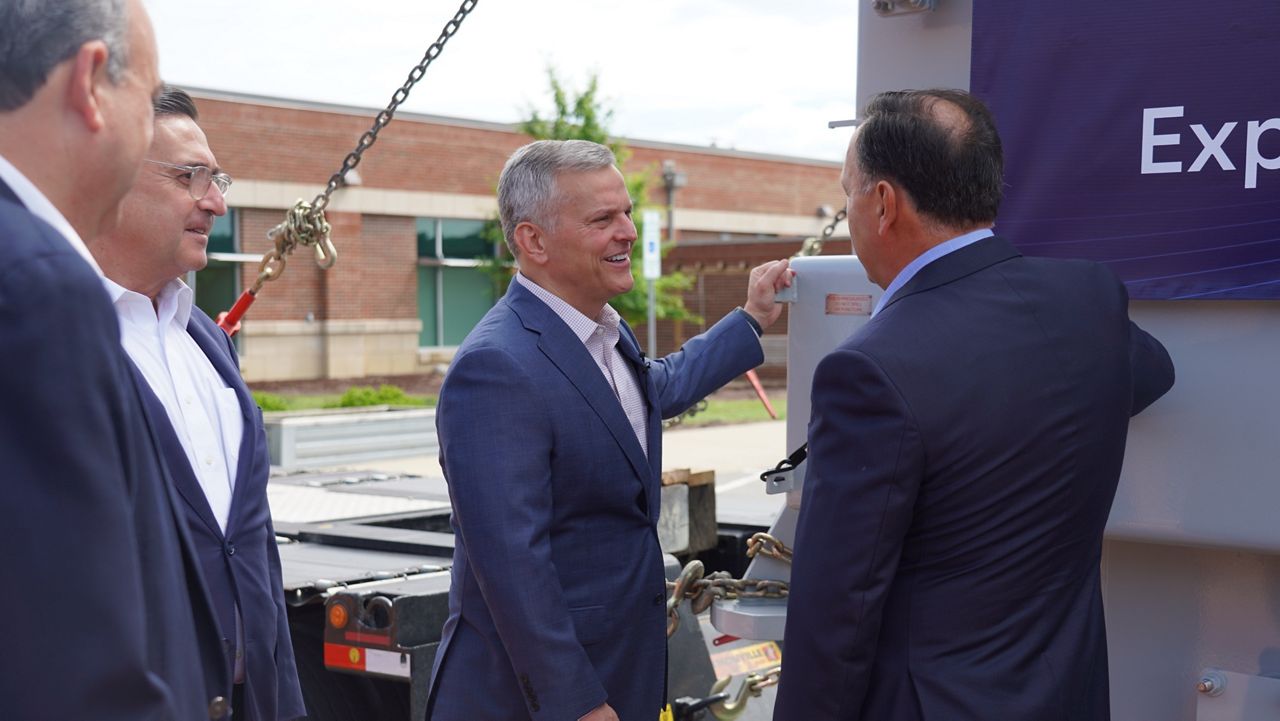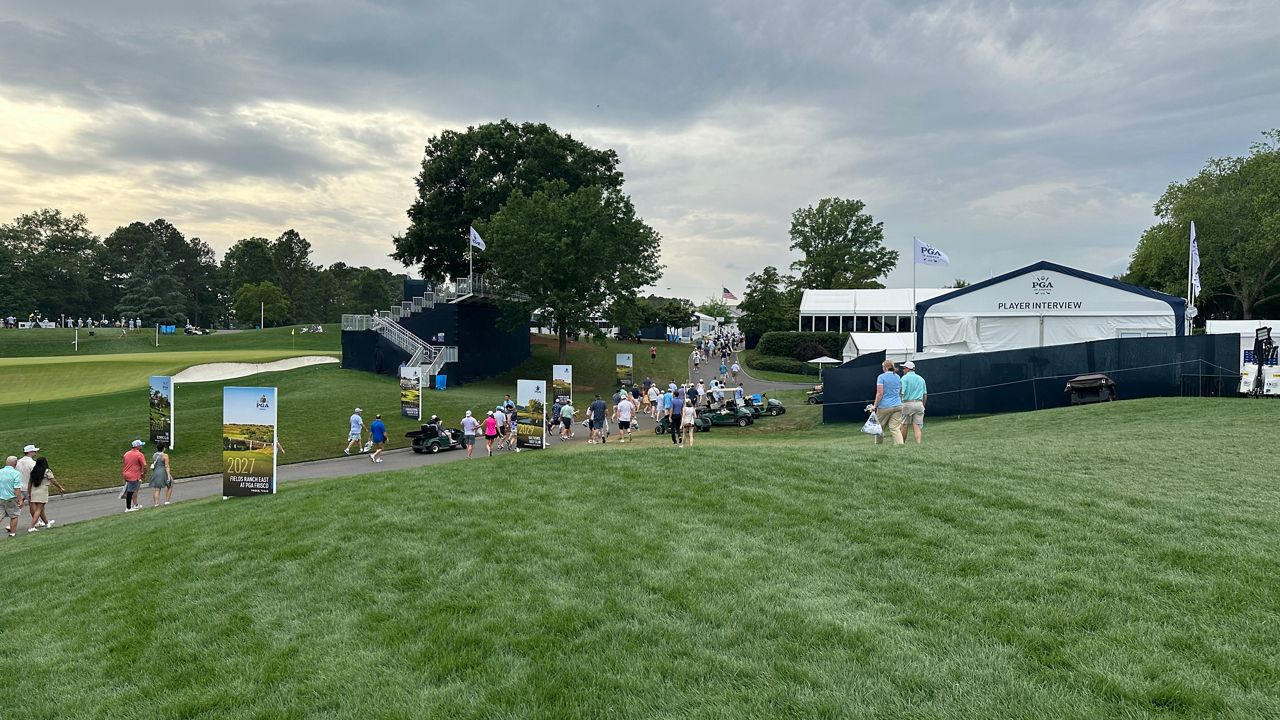RALEIGH, N.C. — Inflation and avian flu are two reasons eggs may not be in your grocery aisle.
A poultry scientist at N.C. State University says that even in the best of times, a lot goes into getting eggs to market.
Dr. Ken Anderson is an industry leader who broke down the science behind this bird flu.
What You Need To Know
- A poultry scientist is explaining the chaotic egg market
- Dr. Ken Anderson says it may a while for egg prices to recover in relation to cases of avian flu nationwide
- Anderson has more than 30 years of experience in the poultry industry
“We candle eggs and we look for internal quality,” Dr. Anderson said as he held an egg under a light in a dark room.
Anderson loves shedding light on eggs.
“There are not many people who realize what eggs go through before they go to the grocery store,” he said.
The professor of poultry science knows a good, clean, and safe shell when he sees it. Frankly, he doesn’t know life without poultry.
“I grew up in the industry,” he said.
After working as a manager at a cooperative in Northeast Kansas out of college, his livelihood has been sustained through researching and engaging with egg providers.
He has well more than three decades of experience.
“I enjoy working with birds. I have dedicated my life to creating a good environment for birds to keep them as healthy and productive as we can,” he said.
His Wolfpack poultry students are the recipients of his industry expertise, which includes teaching them why you cull flocks infected by highly pathogenic avian influenza.
“The process never changes. The supply changes,” he said.“The process never changes. The supply changes,” he said.
U.S. Department of Agriculture data shows around 60 million birds were depopulated because of high-path avian flu across the country since the first detections in February 2022.
Dr. Anderson said he remembers a surge in public curiosity about egg production in 2015 when the USDA counted more than 50 million chickens and turkeys dying from avian flu.
“That was the last time we had a major disease outbreak in the United States,” he said.
This time around, he said the HPAI is more present in migrating wildfowl—like ducks and geese.
Anderson said this is one of the deadliest versions of the bird flu he’s ever seen.
“The virus has changed. It can go directly from the wild bird population into the domestic bird population very easily now,” he said.
It brings up biosecurity. Most standard industry guidance couldn’t step foot near these chicken holdings. According to Anderson, a human can unknowingly be carriers for pathogens, which could spread and kill flocks.
The more rigorous guidelines didn’t sway Anderson from this line of work. The same passion Anderson felt working on his dad's farm at 8 years old is in him today.
“The poultry industry has given me a career and my father taught me that you give back. This is my way of giving back to the industry that’s given me a career,” he said.
Anderson said current USDA standards dictate the depopulation of an entire flock if one bird is infected within the first 24-48 hours.
This keeps USDA industry quality standards strict for what is safe enough for your grocery aisle.










)


